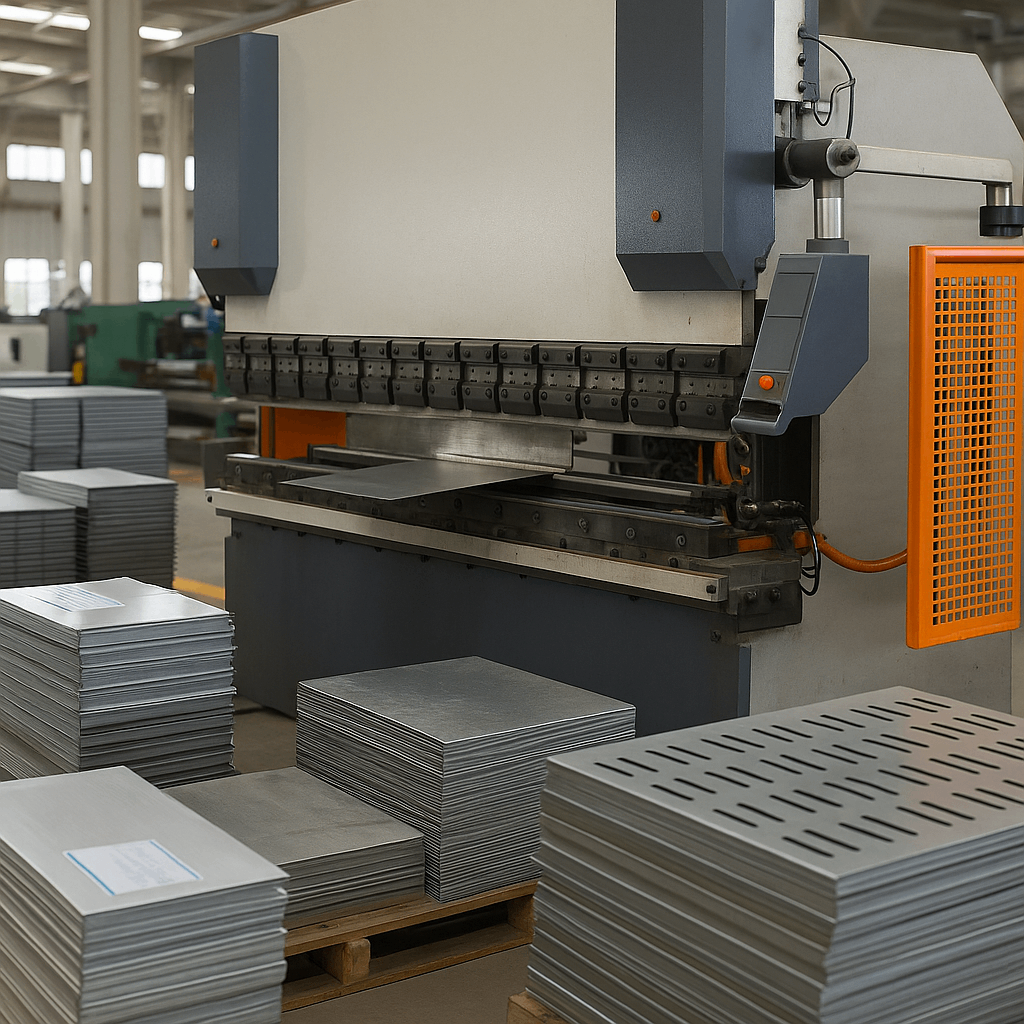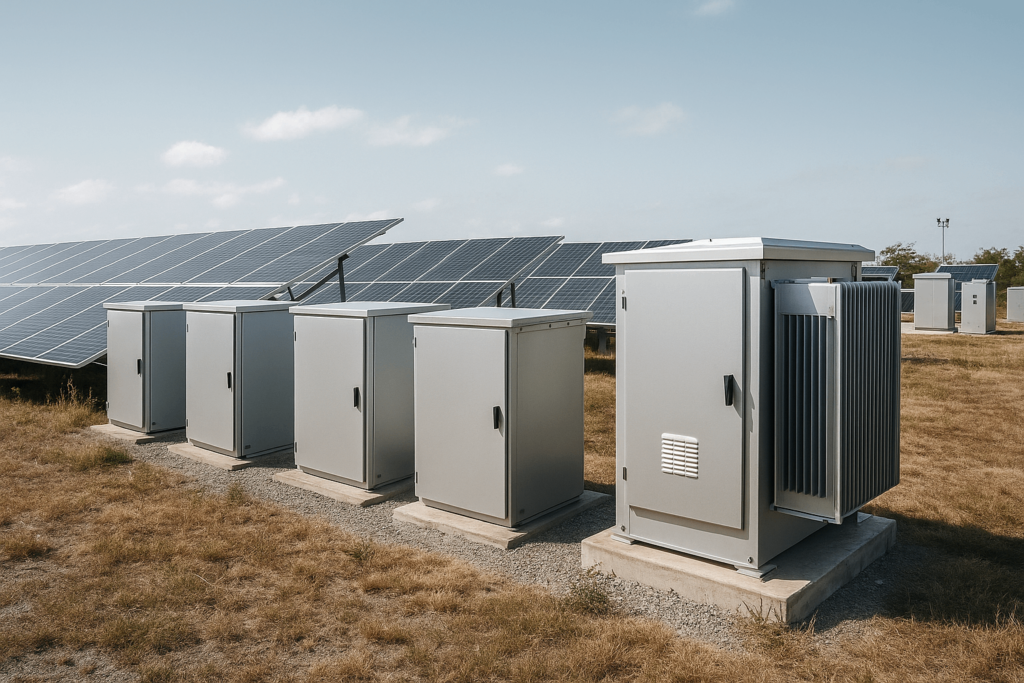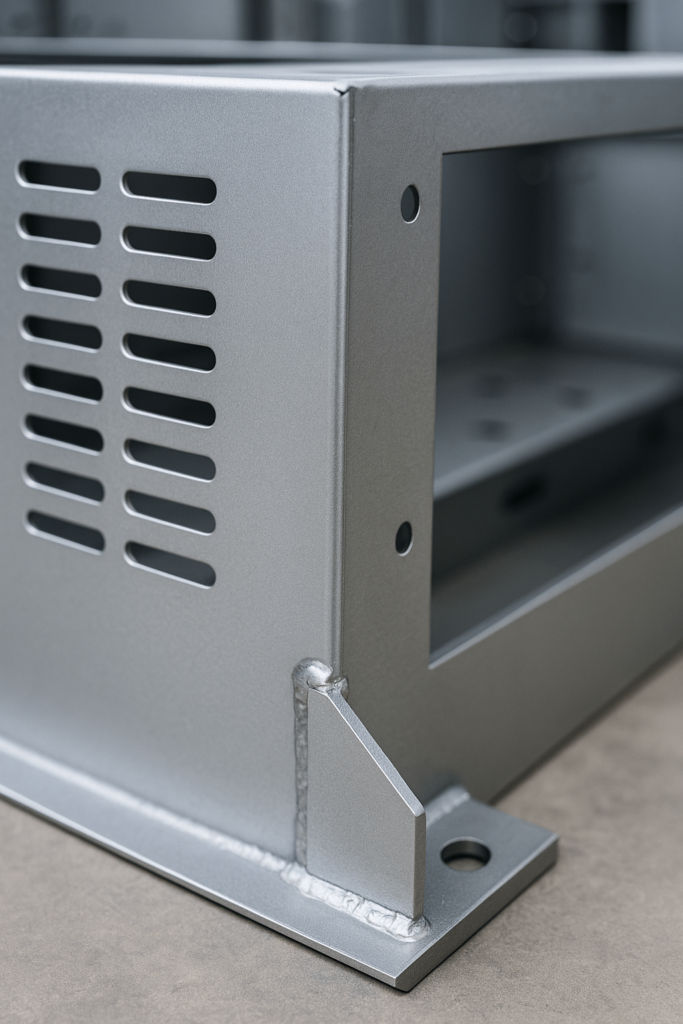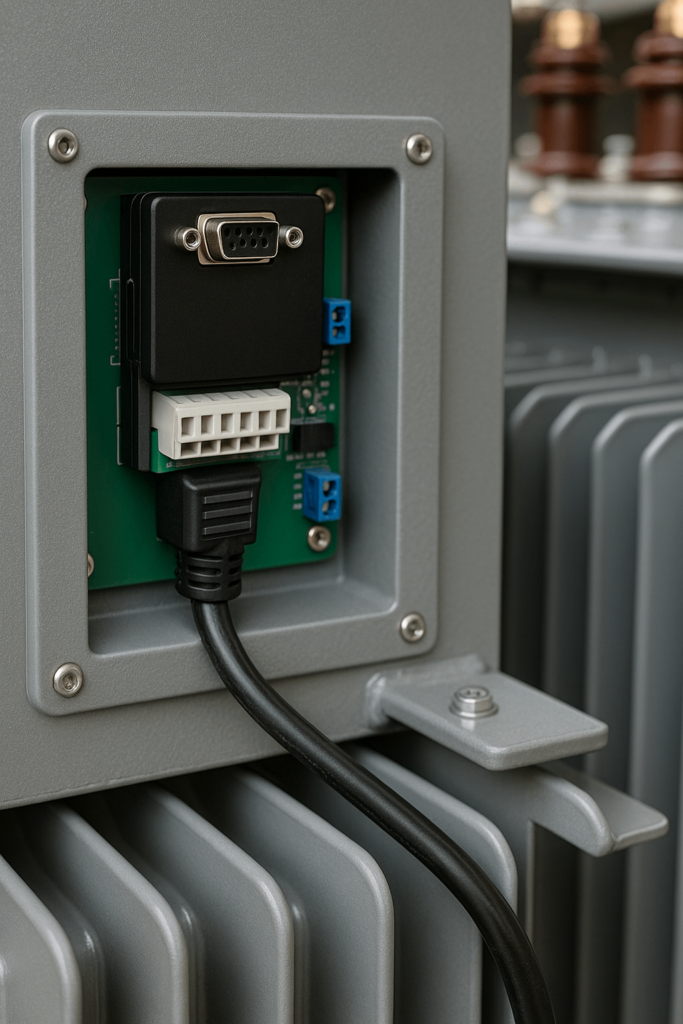Transformers are critical in modern power systems, especially for industrial-scale distribution and renewable applications. For wholesale buyers sourcing equipment internationally, the top priority isn’t just functionality—it’s reliable performance in complex field conditions.
Transformer enclosures directly impact real-world performance and ROI. Factors such as thermal control, EMI protection, and structural safety determine whether a system performs reliably under diverse field conditions. For buyers, it’s not just about the technical specs but how the enclosure handles logistics, certification, and deployment efficiency. Whether the application involves solar farms, telecom towers, or EV charging stations, the structure around the transformer must ensure heat management, EMI protection, and structural integrity. The design also directly impacts shipping safety, installation time, and compliance with certification standards.
Global buyers working with OEMs like YISHANG are not looking for generic metal boxes—they want engineered solutions that align with operating voltages, climate challenges, and modularity requirements. That’s where the real value lies.
The Electrical Foundation: How Transformers Work and Why It Shapes Enclosure Design
At its core, a transformer works through mutual induction: alternating current in the primary coil generates a magnetic field that induces voltage in the secondary. The turns ratio (Vp/Vs = Np/Ns) determines whether voltage steps up or down. This foundational principle not only governs function but dictates structural form.
High voltages require increased insulation distance. Larger currents demand improved heat dissipation. Shielding must be designed for leakage flux, especially in dense installations. These needs aren’t theoretical—they translate into spacing constraints, wall thickness decisions, and cooling system design.
Inverter systems may rely more heavily on ventilation for internal circuit boards, while transformers require robust metallic shielding to mitigate leakage flux and thermal dissipation. This distinction is key when selecting enclosures for utility-scale solar fields or high-frequency applications.
Understanding these correlations helps procurement managers evaluate vendors on more than just price—it enables smarter sourcing aligned with actual application needs.
From Theory to Steel: What the Physics Requires from Metal Enclosures
Transformer enclosures aren’t aesthetic shells—they’re engineered environments shaped by thermal, magnetic, and mechanical forces. Even high-efficiency models lose up to 2–5% of power as heat. In real terms, a 100 kVA transformer may dissipate 2–4 kW of heat under full load.
In applications where space is constrained or environmental protection is strict (e.g., IP65 transformer cabinet for outdoor use), this heat must be managed through conductive materials, ventilated geometry, or fan-assisted designs. Lightweight options like aluminum offer thermal benefits but may compromise on EMI shielding compared to galvanized or stainless steel.
Enclosure failures also occur due to physical stress. This is particularly true in transformer box designs for oil-immersed systems, where structural vibration and fluid containment overlap. Vibration from nearby machinery, forklift collisions during transport, or seismic conditions all contribute to long-term fatigue. Structural reinforcements such as corner gussets, anti-vibration mounts, and reinforced weld lines become essential.
For buyers asking what is a transformer used for in high-reliability environments, the answer includes how the enclosure ensures the unit survives—not just performs.
Optimizing for Use: Manufacturing Considerations in Custom Enclosure Design
Let’s get practical. Here’s how different metals stack up when sourcing custom transformer housings:
| Material | Corrosion Resistance | Thermal Conductivity | Mechanical Strength | Cost |
|---|---|---|---|---|
| Stainless Steel 316 | Excellent | Moderate | High | High |
| Galvanized Steel | Good | Moderate | Very High | Medium |
| Aluminum Alloy | Moderate | High | Moderate | Low-Med |
| Cold-Rolled Steel | Poor (uncoated) | Low | High | Low |
Each option fits a different market need. For example, transformer enclosure with ventilation and for renewable energy systems often demands both corrosion resistance and light weight—making powder-coated aluminum or hybrid builds ideal. Export buyers dealing with coastal environments often prefer 316 stainless. Utility-scale projects in dry climates may opt for powder-coated aluminum to reduce shipping weight.
Beyond materials, fabrication quality is key. CNC bending ensures panel precision, while MIG or TIG welding guarantees load-bearing strength. Laser-cut vent slots improve airflow without reducing rigidity. Surface treatments must pass real-world durability tests like ASTM B117 for salt spray resistance, ensuring resilience in high-humidity transformer housing applications or offshore wind deployments.
At YISHANG, OEM buyers often request hybrid solutions: aluminum main panels with grounded steel compartments for signal shielding. These combinations reflect a deep understanding of both electrical and environmental dynamics.

Real-World Application: Case Study from the Solar Sector
An international solar project developer sourcing 500 transformer units for high-altitude installations faced consistent thermal failure in conventional cold-rolled steel cabinets. Units in direct sunlight recorded internal temperatures exceeding 70°C.
Our engineering team redesigned the enclosure using perforated aluminum panels, improving airflow while maintaining rigidity. We added adjustable louvers and applied a reflective white powder coat to reduce solar gain. Thermal load dropped by 22% on average.
We also repositioned cable access points to allow side entry instead of bottom entry, reducing dust ingress. Modular panels allowed on-site assembly, cutting shipping volume by 30% and lowering logistics costs.
This case is a good reminder: performance issues often stem from design assumptions that ignore how structure and application intersect. Smart sourcing means asking the right questions upfront.

Preparing for Tomorrow: Smart Transformers and Evolving Structural Needs
As power systems evolve toward smart grids and digital integration, transformer enclosures are no longer passive shells—they are becoming intelligent infrastructure. Buyers now seek housings that not only protect but also enable embedded electronics like sensors, Ethernet modules, PCBs, and analytics hardware.
One client recently requested a three-compartment layout to separate digital controls from high-voltage cores, reducing EMI and simplifying field service. This is not an isolated case—it marks a broader shift toward transformer systems embedded with real-time monitoring and automation-ready layouts.
These structural changes require new thinking: modularity, EMI shielding segmentation, thermally isolated zones, and finishes compatible with electromagnetic containment or RFID transparency. Referring back to our solar case, modular panels with removable access reduced service time by 40%, demonstrating how forward-looking structural design supports maintenance efficiency.
At YISHANG, we collaborate with power electronics and power system engineering teams to develop cross-functional enclosure architectures that meet evolving compliance, integration, and serviceability demands. Smart procurement today means anticipating tomorrow’s interoperability, automation potential, and regulatory shifts—not just addressing today’s load requirements. Buyers increasingly seek more than metal fabrication—they need enclosures engineered for digital readiness and long-term field adaptability.
FAQs: Targeted Questions Buyers Ask
Which metal is best for high-salinity, humid regions?
Stainless steel 316 is preferred for its superior corrosion resistance, especially in coastal installations.
How can I confirm IP65 or UL compatibility from a supplier?
Request test reports, material datasheets, and photos of gasketed seams. Trusted vendors like YISHANG proactively provide this documentation.
Are modular enclosures worth it for utility deployments?
Yes—especially for projects with rapid timelines or maintenance-heavy sites. Modular setups reduce downtime and allow phased commissioning.
Does aluminum affect EMI shielding?
Aluminum is less effective, but hybrid enclosures (aluminum body + steel shield) solve this without adding much weight.
How long is lead time for large custom enclosures?
It varies by finish and complexity, but standard production takes 2–4 weeks. Early spec finalization helps accelerate delivery.
Can transformer enclosures be customized for inverter vs transformer integration needs?
Absolutely. While inverters often need greater ventilation, transformers require shielding and thermal stability. We provide enclosure structures designed for both use cases.
Final Thoughts: Procurement Decisions Start with Structure
In today’s energy sector, procurement decisions affect long-term reliability, maintenance budgets, and installation speed. Enclosures are not cosmetic—they are engineering assets that protect, extend, and enable transformer performance.
For B2B buyers, selecting a supplier like YISHANG means gaining a partner who aligns design with deployment. We speak your language: lead time, certification, cost-efficiency, and field resilience.
Let’s build transformer enclosures that perform beyond expectations—technically and commercially.



